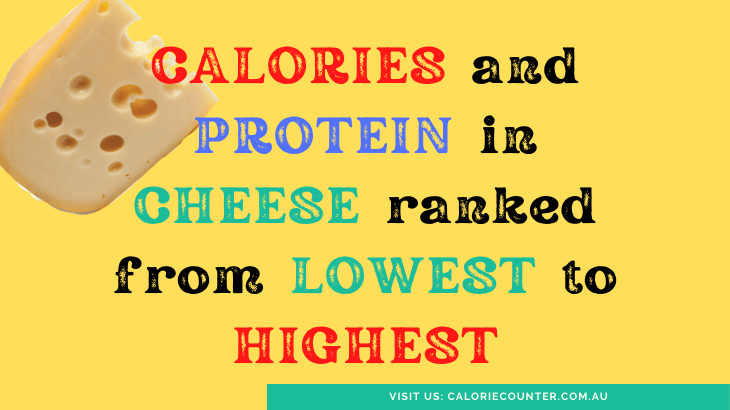With an abundance of natural resources and almost 27,000 businesses in our food industry, Australia is a tremendous producer of food. According to the Australian Food and Grocery Council, the food and grocery sector turned over almost $119 billion in 2013-14, which means that it accounts for about a third of total manufacturing in Australia. It is a massive industry dominated by some enormous food growing, processing, and retailing companies who list shares on Australian and international stock exchanges. The sector has a very bright future as growing populations in Asia are expected to demand ever greater amounts of the meat, milk, sugar, rice, fruit and vegetables that we produce. This epic prospect has attracted the interest of companies and capital from all over the world, and led to more and more consolidation as companies try to grow in scale to keep up with demand.
Smaller is better?
But what does growth and consolidation mean for the average consumer? By and large, it means that ever greater amounts of acceptable quality food is produced, so that export earnings rise and more and more people around the world get to enjoy Australia’s bounty. On balance it is a positive mega-trend which seems unstoppable, but we can think of a few reasons that it does not fully benefit local consumers:
-
It means that the contents of our shopping baskets are determined by export markets. Why is it more and more common to find Gold Kiwifruit in the supermarket, where before there was only Green Kiwifruit? It is because Gold Kiwifruit is smoother and sweeter than Green, and much more favoured in China. The producers in New Zealand now grow much more Gold and comparatively less Green, so we end up with a different mix of choices. The new choice is not itself a bad thing, until producers stop growing Green Kiwifruit altogether and our grandchildren never get to experience their unique tang.
-
Lack of diversity for commercial reasons. When international markets are targeted, producers and investors look for sure things rather than experimental products. It makes more commercial sense to grow massive amounts of Fuji apples in your orchard if you know that there is a steady and growing demand for it from a consolidated buyer, rather than growing a mix of Fuji, Green Dragon, Pink Pearl and Pink Lady, even if you know that you could sell a few hundred kilos of Pink Pearl at your local farmers’ market. When was the last time you saw Pink Pearl apples at your local supermarket?
-
The push for ever greater productivity to meet high demand means that large producers are always looking for efficiencies. It now takes just over 40 days from the time a chicken is hatched to the time it ends up in the Meat Section of your local supermarket – quite a feat considering that chickens ‘in the wild’ have a lifespan of 10+ years and 30 years ago it used to take farmers almost 80 days to get chickens ready for market. Chicken produced in the new rapid way (let’s call it ‘fast’ chicken) is much cheaper than chicken grown in a slower-paced environment, but some consumers might still want the alternative ‘slow’ chicken. This is because some consumers might feel better about buying a meat product that has experienced some degree of dignity during its life. As industry consolidation continues and producers get bigger and more automated, it is possible that there will be so few ‘slow chicken’ producers left that it will be far too expensive for the average family to eat anything but the ‘fast’ chicken.
-
Food mileage has become a real issue for some consumers. Some studies have shown that the average total distance travelled by the contents of the average Australian food basket is over 70,000km, which is almost twice the circumference of the earth! This is important because such long transport distances must be enabled by energy-hungry freight methods like refrigerated trucks, trains, ships, and planes. The food itself must often be treated with preservative chemicals and subjected to unusual temperatures and packaging so that it can survive the journey to arrive looking freshly picked. Ever wonder why some bananas come wrapped in airtight wraps with red paper covering the stalks? Have you ever tried to breathe the gas trapped in the wrapper just as you rip it?
-
Profit sharing is a consideration for some consumers. According to local farmer advocates, only 18 cents out of every dollar spent at local Australian supermarkets go to the food grower. Some consumers would prefer to see more of the money they spend go directly to the farmer, rather than the supply chain which supports him or her.
The alternative to Big Producers
Considering the shortcomings of large food producers and distributors, there is a growing trend which has seen some consumers actively seek out smaller producer products. Their rationale for doing so rests on the assumption that if supported, enough of them will survive so that a degree of diversity and choice will remain into the future. If you wanted to spread your food spend beyond the Big Producers, there are several alternatives open to you:
-
Grow some of your own food in your back yard. Get the kids involved with planting and maintaining a seasonal vegetable patch.
-
Visit local farmers’ markets whenever you can. Unfortunately, some marketeers in these gatherings exploit the good intentions of their customers by overcharging, but you can often find high quality, reasonably priced produce.
-
Shop at your local independent grocer if you notice that they stock slightly unorthodox products. Products sourced from major food distributors have a certain uniformity which is quite difficult to disguise. A sure sign that your local is using independent producers is when there are major price differences between their leafy vegetables (kale, lettuce, cabbage, bok-choy) compared to the major supermarkets.
-
Buy some of your food from smaller distributors who purposefully avoid Big Producers. They make a point to source produce directly from small-scale producers and deliver it directly to consumers, thereby cutting out several links of the modern supply-chain.









